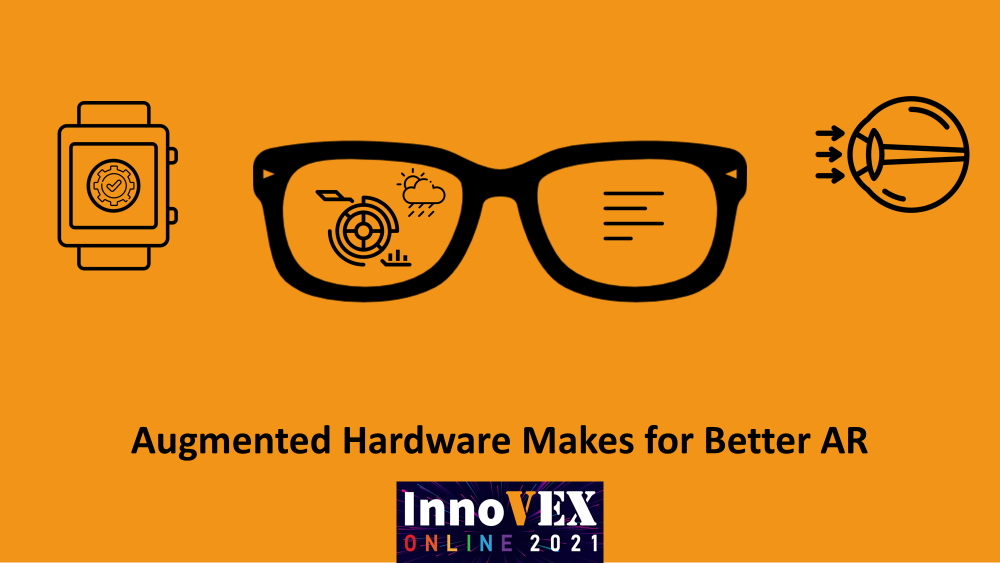
For a majority of the world, a majority of 2020 and 2021 were spent in one form of quarantine or another. With most activities still relying on physical meetings or interactions, migrating to a remote/ distant format can be quite jarring even without taking into account the resource limitations. Without limitations on hardware, software, or connection; the biggest challenge that comes after that might be for people to familiarize themselves with the new format, especially visually.
Certain functions might be impossible to move to a digital platform because the digital migration will have taken away too much that it changes the experience or adds one too many degrees of separation that essentially transforms the experience to something else entirely. After all, some things need to be experienced rather than simply seen and/or heard. XR technologies have been suggested as the closest alternative, but there are still several problems that prevent adoption by the masses. Focusing on VR, Vive reported several prevalent reasons that developers face, including: hardware issues, inadequate developer tools, and hurdles to monetization.
Of the 3 listed issues, hardware issues might be one that is shared by the users of other XR technologies as well. After all, a VR set can be prohibitively expensive for certain market segments and the headset can be quite uncomfortable to wear, especially for bespectacled users. While AR can use smartphones for display purposes, constantly holding the screen to manipulate the virtual elements is not a user-friendly feature and when used for training purposes, it might reduce its efficiency as a training/ learning platform. In the end, the best solution might be a novel alternative to the commonly available options.
2 exhibitors are tackling this particular issue in InnoVEX ONLINE 2021; both using different technologies to overcome the hardware issues for the display elements of AR. MEGA1 aims to solve the issues of bulky form factor, weight, and thermal issues of contemporary display solutions. To do this, they use 2 separate technologies: laser beam scanning (LBS) and liquid crystal on silicone optical engine (LCoS OE) to provide compact design and high power efficiency displays. Their current solution is a pair of smart AR glasses that take up much less space and will not look out of place anywhere.
A different approach is used by PetaRay who uses near-eye light field display (LiFiD) technology that is able to resolve the vergence-accommodation conflict (VAC), which is a major bottleneck hindering the growth of the AR/VR industry. Their solution projects light rays directly onto the retina, forming a continuous focal plane that prevents dizziness and nausea in users. Their solution is a display module that can accommodate various eyepieces and light sources.
VR hand controls are often necessary for VR applications, serving as the cursor or pointer of the platform. However in most cases, it might feel too casual as they are developed for gaming and so the design also follows designs for gaming hardware; making them less suitable for education or professional purposes. The interface might also limit the users’ possible interactions with the virtual world as the number of input buttons might be less than what is needed or might not be able to provide a truly immersive yet natural experience.
One possible solution is provided by Coolso who developed a gesture-based controller for AR/VR and IoT controls. The Gesture Control device detects finger muscle strength when worn and is capable of detecting minute movements such as finger taps. The device sensing capabilities is immune to environmental interference such as humidity, water, or sunlight, meaning it can be used outdoors without losing effectiveness.
Learn more about MEGA1, PetaRay, Coolso, and more InnoVEX ONLINE exhibitors here.
Look forward to more updates from InnoVEX
InnoVEX ONLINE 2021 matchmaking may have ended, but this is far from the end of it. Operating for the whole year, the InnoVEX ONLINE platform is active 24/7 and visitors can check out the exhibitors at any time and even contact them directly through the PinChat function built into the platform. There will also be news from InnoVEX regularly that will be published and sent via the weekly InnoVEX Tech Startup News digital newsletter. The content will also include highlighted exhibitors, pavilions, and other features of InnoVEX ONLINE 2021. Subscribe to the InnoVEX Tech Startup News here and never miss an update from InnoVEX.
InnoVEX 2022 is now open for Registration
In addition to the online platform, the 2022 InnoVEX onsite exhibition will take place in Taipei, Taiwan from May 24-27,2022. Online registration for both the hybrid exhibition or the InnoVEX ONLINE platform have started for global exhibitors. For more info or registration details, please click here.